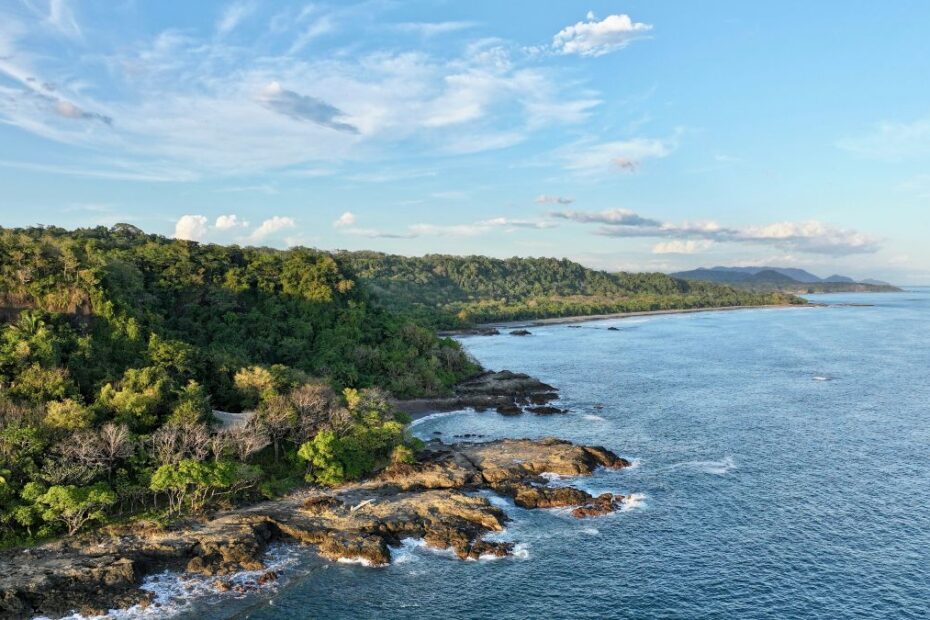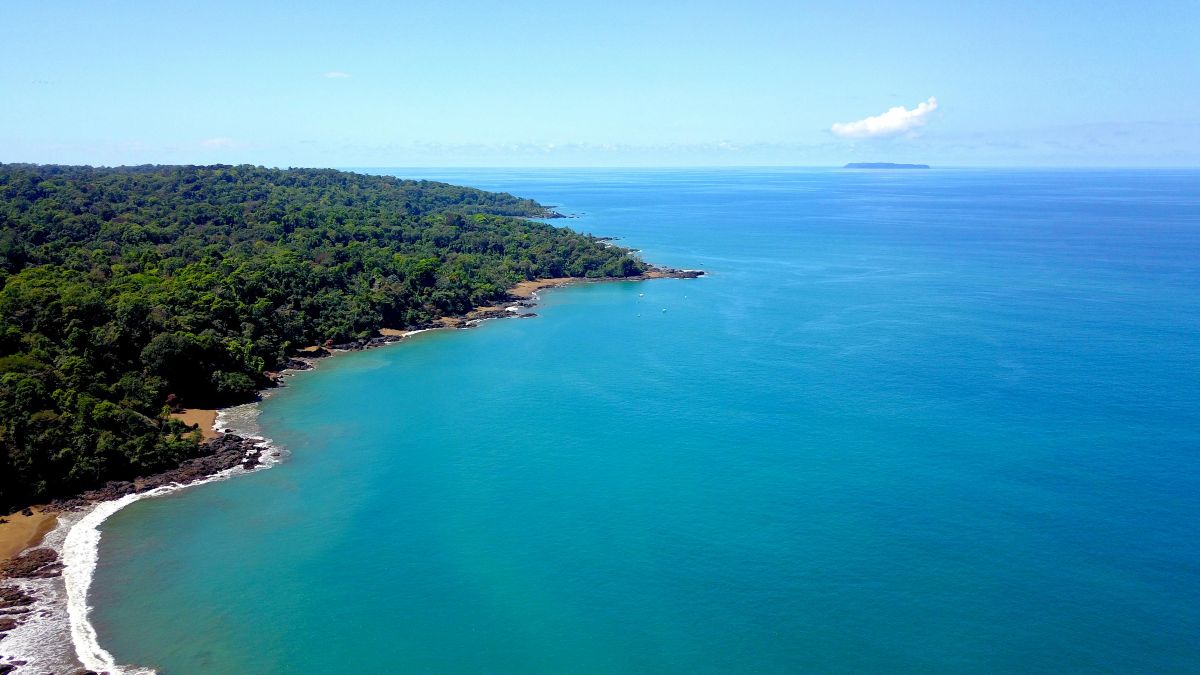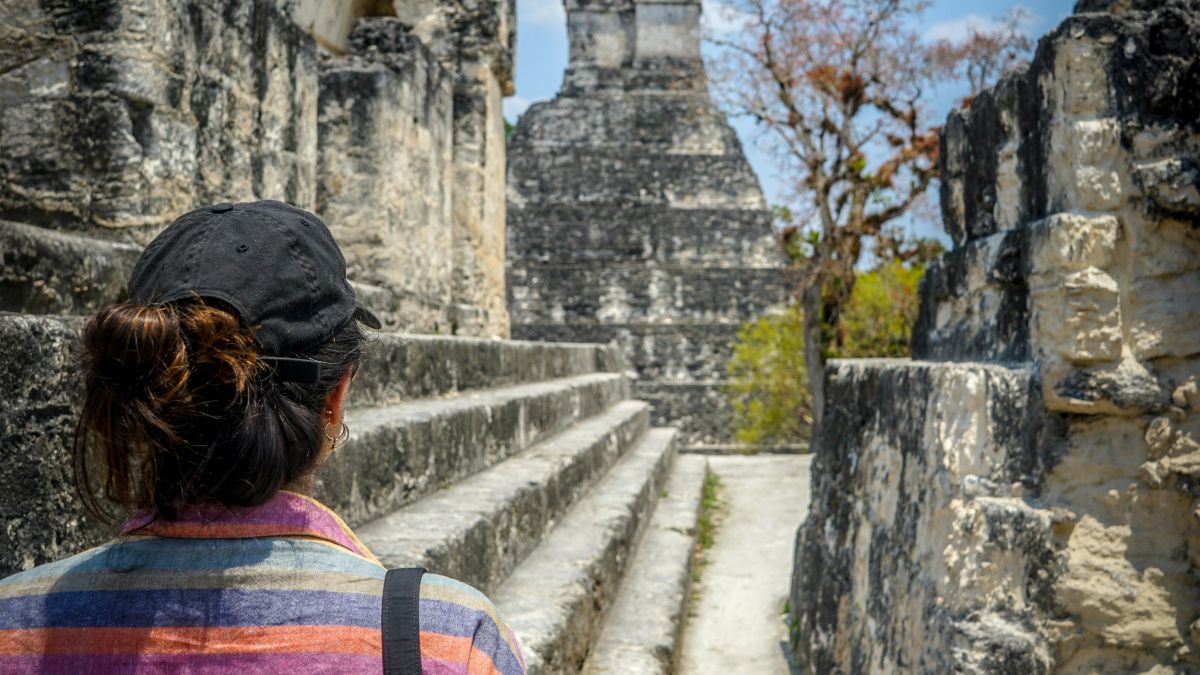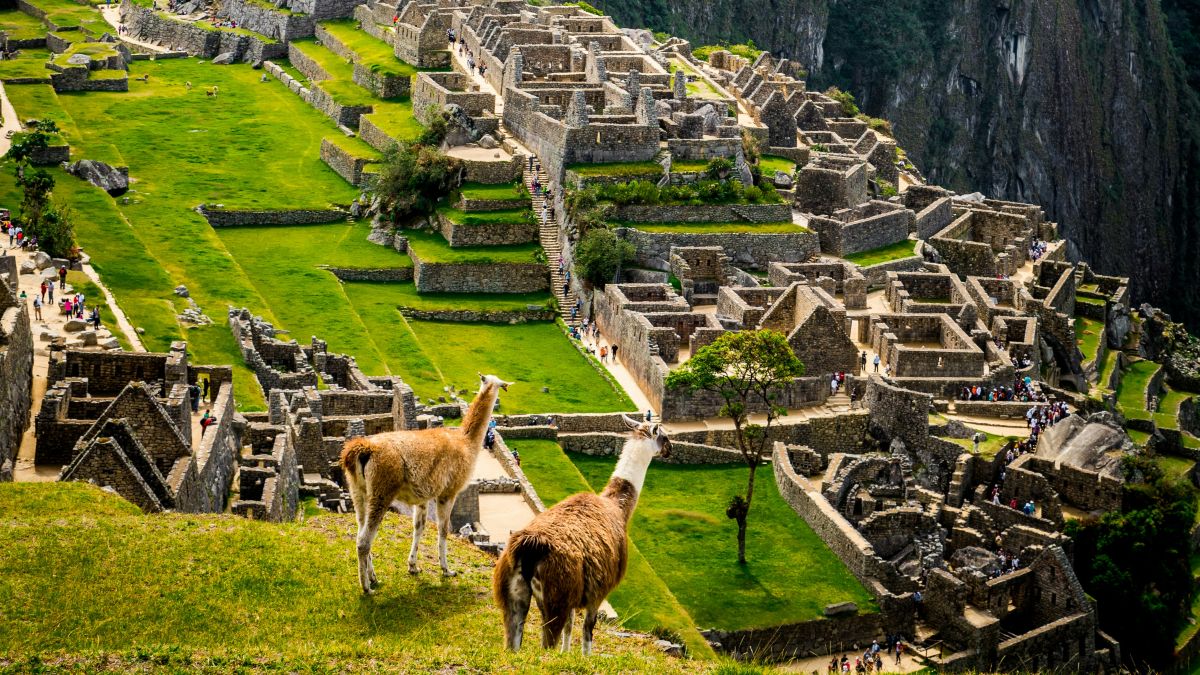Everything you need to know about the proposed Costa Rica visa run bill to end perpetual tourism and increase overstay fines. This FAQ covers the bill’s details, legislative process, politics behind it, and potential impacts on tourism and local communities.
The recent bill to reform Costa Rica’s tourist entry regulations has sparked significant discussion among expatriates, travelers, and local communities. This bill would dramatically alter how foreign visitors can enter and re-enter the country, particularly affecting those who use “visa runs” to maintain legal status. To help clarify the implications and context of this proposed legislation, we’ve put together this FAQ addressing the most common questions about the bill, its potential impacts, and the broader issues surrounding immigration and community development in Costa Rica:
About the Bill
What exactly does this new bill propose to change about tourist entries into Costa Rica?
The bill proposes two significant changes to Costa Rica’s current immigration laws. First, it would require foreigners who enter and leave as tourists to wait 90 days before re-entering the country as tourists. This would effectively end the practice known as “visa runs,” where visitors leave the country briefly to renew their tourist status. Second, the bill would triple the current immigration fines for tourists who overstay their permitted time, increasing the penalty from $100 to $300 per month of illegal stay. The proposal stipulates that all funds collected from these fines would be directed to the General Directorate of Migration and Foreigners (DGME) to strengthen its operations and services.
How would this affect different types of visitors (short-term tourists vs. “perpetual tourists”)?
This would affect all tourists (short-term or perpetual) who wanted to visit and then revisit Costa Rica within 90 days of departing after the first visit.
When was this bill introduced and what is its current status?
The bill was introduced by Frente Amplio deputy Priscila Vindas Salazar on February 25, 2025. It has been presented to the Legislative Assembly and must now be assigned to a committee to begin its formal evaluation process. The bill is in the earliest stages of the legislative process and has several hurdles to clear before it could become law.
Would property owners be exempt or treated differently under the proposed changes?
No. As it stands, the bill does not differentiate property owners from anyone else.
Legislative Process
What is the process for a bill to become law in Costa Rica?
In Costa Rica, a bill can be proposed by deputies, the Executive Branch, or citizens. Once introduced to the Legislative Assembly, it’s assigned to a committee for analysis and possible amendments. After committee review, the full Assembly debates the bill and may propose further changes. The bill requires two rounds of voting to advance. If approved, it goes to the President for signature or veto. A presidential veto can be overridden by a two-thirds majority vote. Once signed or overridden, the law is published in La Gaceta to become legally binding.
What is the typical timeline for a bill like this to pass?
The timeline for passing bills in Costa Rica varies. Urgent measures might pass within weeks if there’s consensus. Standard bills typically take several months to years due to committee reviews, debates, and amendments. Controversial bills can face indefinite delays due to political disagreements. For an immigration reform like this that affects various stakeholders, the process could easily take months to over a year if it progresses through all stages.
What are the chances this bill will pass in its current form?
Pretty slim. For a start, even if it passed through all the aforementioned checks and hurdles, with no changes to it, the president would veto it as it stands. And as Frente Amplio only has six seats in the Legislative Assembly, they would need to find votes from other parties. That’s not to say that this bill in is current form might not pass sometime in the future, say, if Costa Rica swings hard to the left in the 2026 elections, but it’s doubtful before that. This appears to be more about posturing and putting the issue on the table in front of voters for 2026 than actually getting it passed right now.
Are there potential constitutional challenges to this bill?
There could be (which is another reason this might take some time). Costa Rica prides itself on equality for all and, more importantly, its reputation for putting family law first. If, for example, a non-resident (tourist) is married to or related in any way to a Costa Rican citizen, could the law prohibit that non-resident from being with their family member for 90 days? While one could simply tell the non-resident to “get residency”, oftentimes life doesn’t work that way. Or if a non-resident has a business (which is entirely legal)? Would they have to administer said business from abroad? We could see potential roadblocks to this bill though either of these scenarios (and a good few more), and if we can see them, so can lawyers and judges.
If passed, when would these changes likely go into effect?
Once passed and signed, the changes would take effect after publication in La Gaceta. The law might specify immediate implementation, include a delay period for administrative preparations, or implement changes gradually. Publication typically occurs within days to a week after presidential signature. Unless specifically delayed, the new provisions would become effective shortly after this publication. Travelers and expats would need to monitor the bill’s progress to prepare for potential changes to their visa situations.
Political Context
Who or what is Frente Amplio and what is their political orientation?
Frente Amplio (Broad Front) is a left-wing political party in Costa Rica, founded in 2004. Many observers and analysts consider it to be far-left rather than center-left on the political spectrum. The party defines itself as feminist, ecologist, anti-imperialist, and socialist, explicitly opposing neoliberalism while advocating for policies promoting social justice, environmental protection, and economic equality. Analysts have likened Frente Amplio to far-left European parties such as Greece’s Syriza and Portugal’s Left Bloc due to its radical critique of the status quo and its socialist agenda. The party is a member of the Foro de São Paulo, an international organization of left-wing and far-left political movements in Latin America. In the current 57-seat Legislative Assembly, Frente Amplio holds six seats, making it a minor party that would need support from other parties to advance its legislative agenda.
How does this bill align with broader political trends in Costa Rica?
This bill aligns with growing concerns about gentrification and foreign influence in Costa Rica, particularly in beach and tourist communities. It comes in the wake of recent protests by groups like “No a la Gentrificación,” which has demanded stricter controls on foreign property purchases and immigration. Frente Amplio appears to be positioning itself as responsive to these grassroots concerns, particularly as they relate to housing affordability. However, the bill’s focus on restricting visa runs rather than addressing unregulated vacation rentals suggests it may be more about political messaging than effectively tackling the underlying issues driving housing costs and community transformation. Bottom line is, the post-pandemic soaring cost-of-living (something not limited to Costa Rica alone) has left many local people finding themselves genuinely priced out of their own communities.
Economic Impact
How might this bill affect tourism revenue in Costa Rica?
This bill will effect tourism revenue in the simple terms of, if you aren’t allowed to travel back to Costa Rica after 90 days, you won’t spend money in Costa Rica. For example, basketball legend Michael Jordan has visited Costa Rica three times already in 2025, and it’s only March. If this law was in place, he would not be allowed to do that, and he’d spend his money elsewhere. Beyond high-profile visitors, many regular tourists make multiple trips to Costa Rica within a year, including snowbirds who visit for extended periods during winter months and business travelers who make frequent trips. All of these visitors contribute significantly to local economies, not just through accommodations but also restaurants, tours, transportation, and retail.
How might real estate markets be affected if this bill passes?
The real estate market could experience mixed effects if this bill passes. Foreign buyers who planned to live in Costa Rica as “perpetual tourists” might reconsider their purchases if they cannot easily maintain residence through border runs. This could potentially slow demand in certain segments of the market, albeit a tiny segment that won’t really make a huge difference. As mentioned earlier, the bill does nothing to address investment properties used for short-term rentals, which many experts identify as the primary driver of rising housing costs. Properties marketed to foreign investors specifically for vacation rental income would remain unaffected and make little to no difference to those priced out of local rental markets as long-term rental options dry up.
Would local businesses in tourist areas face significant impacts?
Local businesses in tourist areas could face some impacts, though the extent would vary by location and business type. In beach communities that empty out during the bottom of the low season (September/October), long-term foreign residents do provide some stability to local economies, whether they have residency or not. While not the primary economic engine of these communities, they contribute steady, year-round business to local restaurants, shops, and service providers when short-term tourists are scarce.
However, the overall economic impact of restricting visa runs would likely be modest compared to other factors affecting these communities. Again, the much larger issue is the proliferation of unregulated short-term vacation rentals, which affects housing availability and creates more fundamental economic challenges. The bill’s focus on visa runs appears to miss this larger issue while potentially discouraging some beneficial long-term visitors who contribute to community stability during off-peak periods.
Social Issues
What is “gentrification” in the Costa Rican context and how does it relate to this bill?
In the Costa Rican context, gentrification refers to the transformation of communities, particularly in beach/tourist areas, as wealthy visitors and residents (often, but not always, foreign – wealthy Costa Ricans also live in these areas) drive up property values and change local economies. Unlike gentrification in urban settings elsewhere, Costa Rica’s version often involves beach communities where development has dramatically altered previously affordable areas. The process typically includes rising property prices, shifts in local businesses to cater to foreign tastes and budgets, and sometimes changes in accessibility to beaches and natural resources. The bill aims to address one aspect of this phenomenon by limiting indefinite stays through visa runs, based on the assumption that long-term foreign presence contributes to these community changes, though critics argue it misidentifies the drivers of gentrification.
How are housing prices affected by foreign visitors in coastal communities?
Beach communities in Costa Rica have experienced significant increases in housing costs over recent years. Areas like Santa Teresa, Uvita, Tamarindo, and others have seen housing prices rise dramatically, making it increasingly difficult for local residents to afford living in these communities. The proliferation of Airbnbs and short-term vacation rentals has exacerbated this trend, as property owners can earn substantially more from short-term tourists than from long-term local renters. The influx of foreign money—whether from visitors, residents, or investors—has created markets where housing prices reflect international purchasing power rather than local wages. This disconnect between housing costs and local earning potential has forced many Costa Ricans to move away from traditional communities or commute long distances for work in tourism sectors, creating socioeconomic divisions within these areas.
How do Costa Ricans generally view “perpetual tourists“?
Until quite recently, most Costa Ricans gave little thought to “perpetual tourists.” Before the pandemic-driven cost-of-living crisis, this issue rarely factored into public discourse. Views vary widely based on economic situation, location, and personal experiences. In tourism-dependent communities, many Costa Ricans welcome the economic opportunities that foreign presence brings, especially when visitors integrate, learn Spanish, and respect local customs.
Historically, when Costa Ricans expressed concerns about foreigners, these focused primarily on Nicaraguan, Colombian, and Venezuelan immigrants, not visitors or residents from so-called wealthier countries like the United States. What’s notable is how political entities like Frente Amplio have shifted their messaging. Once defenders of poorer foreigners against xenophobia, they now channel similar sentiments toward wealthier foreigners, portraying them as responsible for gentrification and rising costs.
While young professionals and working-class Costa Ricans frustrated by housing affordability may find this narrative compelling, it represents more of a political pivot than a long-standing concern. The most balanced perspective recognizes that integration and respect matter more than legal status—those who contribute positively to communities are generally welcomed, while those who remain isolated in expatriate enclaves may face resentment regardless of their status.
What unique social challenges do areas with high concentrations of foreign residents face?
Areas with high concentrations of foreign residents face several distinct social challenges. Language barriers can create divided communities, with businesses, activities, and social spaces sometimes developing separately for Spanish and English speakers. This separation can inhibit meaningful cultural exchange and integration. Resource allocation becomes another friction point, particularly regarding water access in drought-prone regions, where luxury developments and golf courses may appear to receive preferential treatment while local neighborhoods face shortages.
Final Thoughts
We hope this answers some questions you might have had about this proposed bill. Overall, it really just represents just one piece of a complex and evolving conversation about tourism, immigration, and community development in Costa Rica. While it targets visa runs specifically, many of the underlying issues it attempts to address—gentrification, housing affordability, and resource allocation—stem from broader economic factors that require far more comprehensive solutions. As this bill progresses through the legislative process, whether slowly or quickly, it will be important for all stakeholders to engage with the nuanced realities of these challenges rather than seeking simple solutions or scapegoats. Ultimately, the goal should be policies that preserve Costa Rica’s welcoming culture while ensuring that development benefits both visitors and local communities alike.



